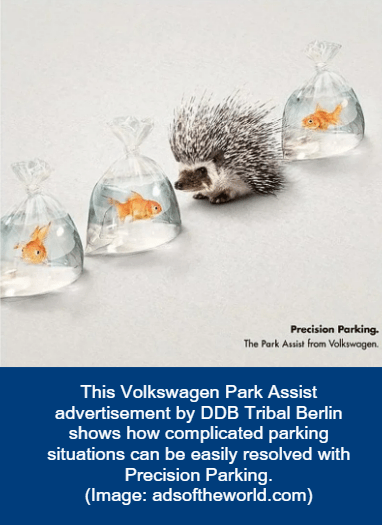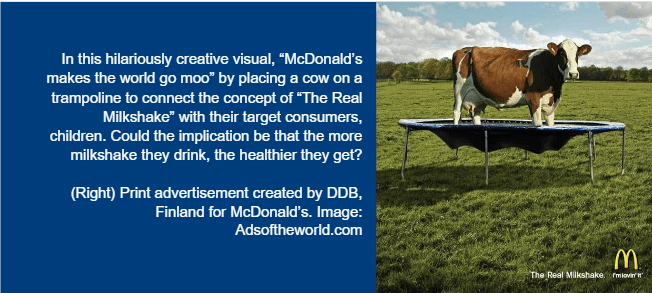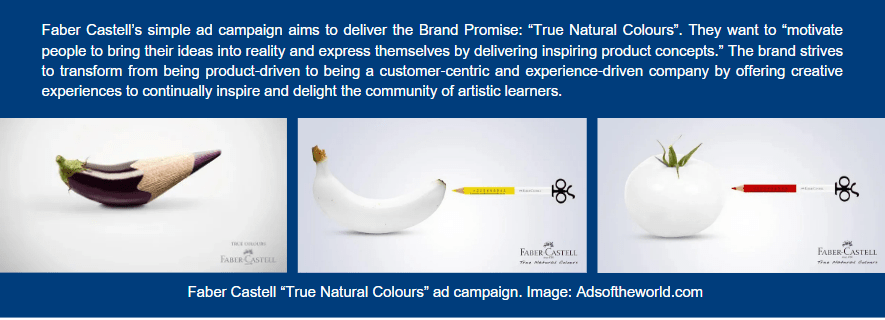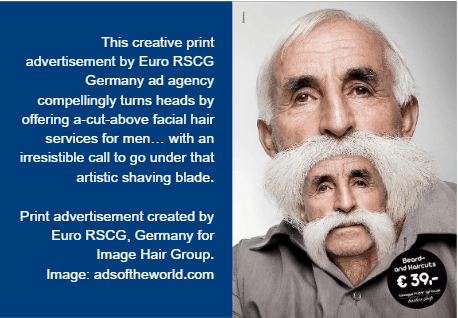Tan Swee Lin explores the power of visuals in branding, making lasting impressions of identity and values for memorable brand experiences.
Power of Visual Brand Storytelling. Sans Words.
 There is power in visual storytelling. Branding is all about authentic storytelling. Storytelling is the perfect opportunity to craft a narrative to build market visibility that could possibly drive up to 22 times more memorability than facts.
There is power in visual storytelling. Branding is all about authentic storytelling. Storytelling is the perfect opportunity to craft a narrative to build market visibility that could possibly drive up to 22 times more memorability than facts.
Storytelling can distinguish your product position. Convey brand values. Take customers through the “experience journey”. Differentiate your brand. And take top spot for memory recall.
Yet amazingly, this article will show you that without having to spill ink or splatter brain over words, communicating the power of your brand story through brilliant visual content can be an exhilarating and memorable experience.
WHY AUTHENTIC BRAND STORYTELLING IS THE FUTURE OF MARKETING
When audiences consume creative visual content in your brand story, it sparks their imagination. From there, sparks, co-creation, ideas and potentially new initiatives will sprout. What is authentic brand storytelling and why is it the new marketing future? At its core, authentic storytelling is about creating an emotional connection and communication with your audience.
Visual stories have the power to captivate and make people think.
Visual stories can powerfully inspire our audience. Show how we can help solve their problems. How our brand can be a part of their lives.
Authentic stories is the thread to an experience journey that spurs adoption, change habits and transform how people live.
FOUR STEPS TO START VISUALISING YOUR CREATIVE NARRATIVE
Many brands know who they are, what their products can do and how they can help people. Unfortunately, most brands lack the skills to translate and articulate their stories into creative visual and copywriting content. Here are some tips to help you begin:
1. Research and Competitive Study
Your narrative should always start with research, data and emotional intelligence to understand and connect with your target audience: who they are, where they are going, what they want, what motivates and inspires them.
2. Unique Value Proposition (UVP)
Identify what provides true value to your audience. Why is your product or solution better than what your competitors are offering? Using your UVP, zoom into that single story and focus on that one message.
3. Relevance
Make it relevant to your audience — relate it to that aspect or challenge of their lives that they are familiar with. Show them how you solve their problems or make their lives better.
4. Specific, Compelling Visual Content
Your visual communication needs to transform your customer’s challenges into opportunities that make their lives better. The impact of that specific, compelling communication should propel them to your call to action.
AT THE CORE OF EVERY AUTHENTIC STORY IS EMOTIONAL CONTAGION
Does your brand have a soul? Did your story reflect the longings of your audience’s innermost unspoken desires? Or evoke emotions and make them feel you understand them?
“The key to great advertising is your ability to understand what your audience thinks and feel because you can relate on a human level. It’s about drawing connections and cultivating relevance. The best ideas are achingly simple.”
Use your visual story to create a deep emotional connection: Start conversations. Get your audience excited and intrigued. Eager to contribute ideas and co-create innovative ideas. Turn your brand into an emotive, authentic experience they can consume so that they return over and over, seeking for deeper encounters with your brand.





